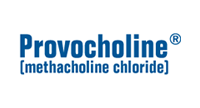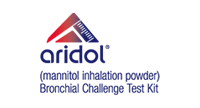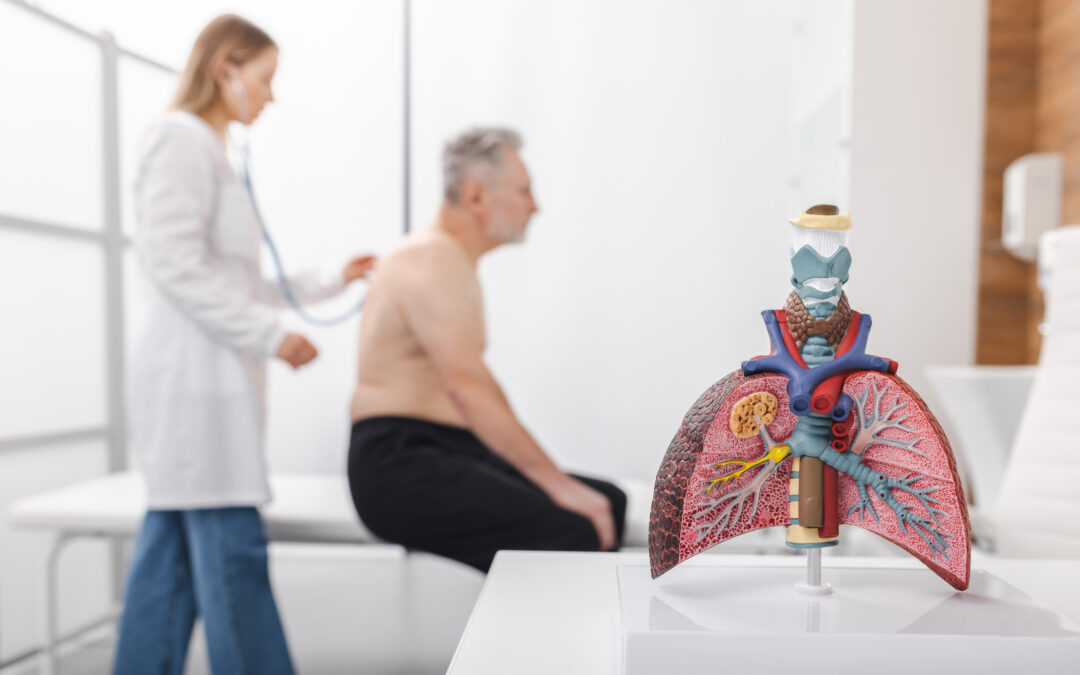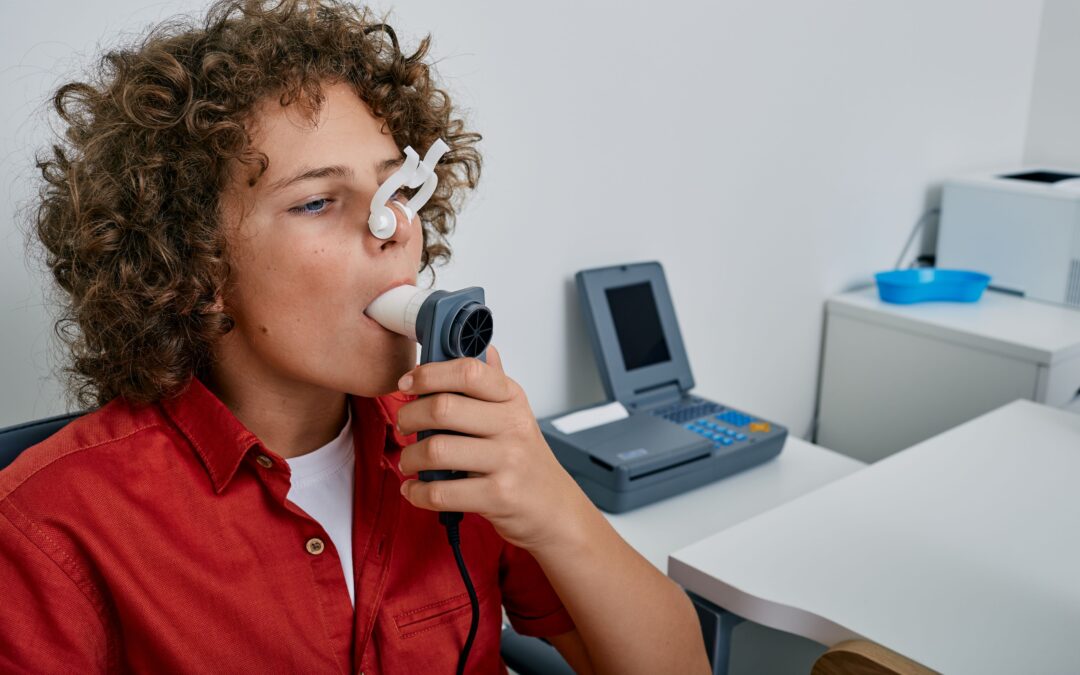Celebrating the History of Respiratory Care

Respiratory Care Practitioners (RCP) are an integral part of a healthcare team. RCPs aid in disease prevention through pulmonary disease awareness and education. RCPs specialize in the diagnosis and care of chronic, as well as acute pulmonary and cardiac diseases. RCPs are generally found working throughout the hospital, serving both inpatient and outpatient populations They also work in clinics, long-term care facilities, nursing homes, patient homes and in research settings. RCPs have a unique role in that they work with patients from their first breath until their last breath. Many RCPs take roles on the industry side of healthcare in sales roles, as clinical specialists, or as educators and trainers. RCPs are also instructors in respiratory care programs at the community college and university levels.
Respiratory Care can trace its roots to ancient times. The Ebers Papyrus, believed to be the worlds oldest medical document, describes inhalation treatment for asthma in ancient Egypt. The modern respiratory profession had its start at Michael Reese Hospital in Chicago, Illinois in 1943. Dr. Edward Levine trained individuals to manage post-surgical patients. In 1946 pulmonary doctors, nurses and oxygen orderlies formed the Inhalation Therapy Association (ITA). By 1950, the movement towards formal education in the respiratory field was starting. 1954 was a busy time for the emerging field. The ITA was renamed the American Association of Inhalation Therapists (AAIT). In New York groundwork was established for formal schools of inhalation therapy. In 1956 the American Medical Association (AMA) adopted a resolution to utilize the requirements from New York to establish such schools. By 1960 The American Registry of Inhalation Therapy was formed to develop and oversee formal credentialing for Inhalation Therapists. The first registry exams for the profession were given in 1960. In 1969 a certification program was established for those who did not qualify for the registry examination. These exams were overseen by separate organizations until 1974 when they merged to become the National Board for Respiratory Therapists, which became today’s National Board for Respiratory Care (NBRC) in 1986. California was the first state to pass licensure for Respiratory Care Practitioners in 1982. 1982 was also the first year National Respiratory Care Week was celebrated. Then President Ronald Reagan issued a proclamation dedicating the week to Respiratory Care. We now celebrate Respiratory Care week annually during the last week of October.
In 1973, the AAIT changes to the American Association for Respiratory Therapy (AART). The AART changed its name in 1986 to the American Association for Respiratory Care (AARC). Since the 1990s great strides have been made in respiratory care through the development of clinical practice guidelines and international fellowship programs. Bachelors and Master level respiratory programs are growing. There is exciting progress in the development of the Advance Practice Respiratory Therapist exam and as a career choice. There are dedicated RCPs working along with state legislatures on the development of compact licensing for RCPS. A career as an RCP requires quick, critical thinking skills, compassion, empathy, and deep desire to help people with the most fundamental act of being human, breathing.
Heather Murgatroyd, BA, RRT, CPFT, AE-C
Senior Clinical Specialist
Methapharm Respiratory
References








